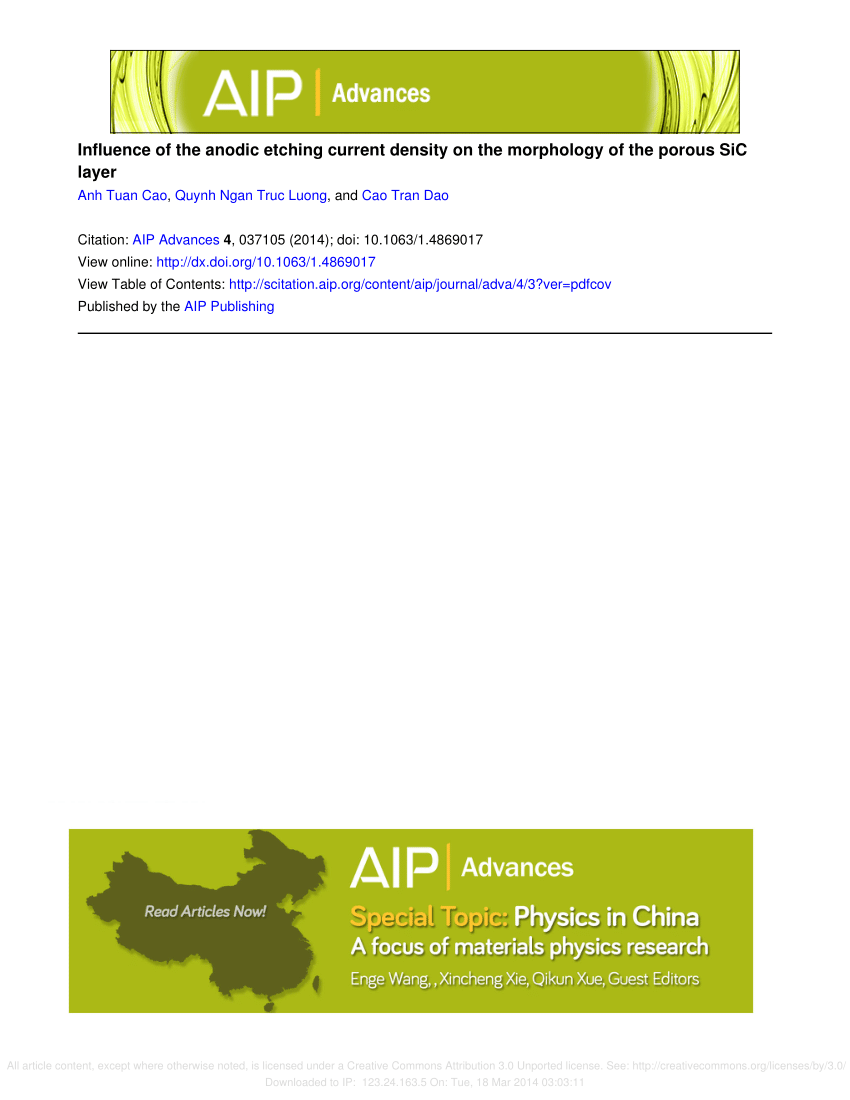An upconversion device based on high-performance dual-layer white organic electroluminescent devices
IF 1.4
4区 物理与天体物理
Q4 MATERIALS SCIENCE, MULTIDISCIPLINARY
引用次数: 0
Abstract
Large-area imaging techniques in the short-wave infrared spectral region remain a pressing need. Organic light-emitting diodes and infrared photodetectors can be combined to form a near-infrared (NIR) to visible upconversion device, which has great potential to replace traditional infrared imaging systems. The integration of a white organic light-emitting diode (WOLED) with infrared photodetectors has become essential to realize full-color displays for its simple preparation process and high compatibility. This work has designed and optimized a WOLED to achieve stable emission with high brightness (19 470 cd m−2) and high external quantum efficiency (EQE = 18.08%) at a wide voltage range, thereby reducing chromaticity drift caused by voltage fluctuations. Moreover, photon-generated holes in the NIR-sensitive photodetector are able to inject into the WOLED for visible light emission. Consequently, we have obtained a high-performance upconversion device with a luminance on-off ratio exceeding 5 × 103 at 850 nm NIR and a high color stability over a wide range of operating voltage. Our efforts have accomplished a high-performance upconversion device from NIR to white visible light, laying the groundwork for a preliminary exploration of full-color displays.基于高性能双层白色有机电致发光器件的上转换装置
短波红外光谱区的大面积成像技术仍是一项迫切需要。有机发光二极管和红外光电探测器可以组合成近红外到可见光的上转换器件,这在取代传统红外成像系统方面具有巨大潜力。白光有机发光二极管(WOLED)与红外光电探测器的集成因其制备工艺简单、兼容性强而成为实现全彩显示的关键。这项研究对 WOLED 进行了设计和优化,使其在宽电压范围内实现高亮度(19 470 cd m-2)和高外部量子效率(EQE = 18.08%)的稳定发射,从而减少了电压波动引起的色度漂移。此外,近红外敏感光电探测器中光子产生的空穴能够注入 WOLED,从而发射可见光。因此,我们获得了一种高性能的上转换器件,其在 850 纳米近红外波段的亮度开关比超过 5 × 103,并且在宽工作电压范围内具有很高的色彩稳定性。我们的努力实现了从近红外到白色可见光的高性能上转换器件,为全彩显示的初步探索奠定了基础。
本文章由计算机程序翻译,如有差异,请以英文原文为准。
求助全文
约1分钟内获得全文
求助全文
来源期刊

AIP Advances
NANOSCIENCE & NANOTECHNOLOGY-MATERIALS SCIENCE, MULTIDISCIPLINARY
CiteScore
2.80
自引率
6.20%
发文量
1233
审稿时长
2-4 weeks
期刊介绍:
AIP Advances is an open access journal publishing in all areas of physical sciences—applied, theoretical, and experimental. All published articles are freely available to read, download, and share. The journal prides itself on the belief that all good science is important and relevant. Our inclusive scope and publication standards make it an essential outlet for scientists in the physical sciences.
AIP Advances is a community-based journal, with a fast production cycle. The quick publication process and open-access model allows us to quickly distribute new scientific concepts. Our Editors, assisted by peer review, determine whether a manuscript is technically correct and original. After publication, the readership evaluates whether a manuscript is timely, relevant, or significant.
 求助内容:
求助内容: 应助结果提醒方式:
应助结果提醒方式:


